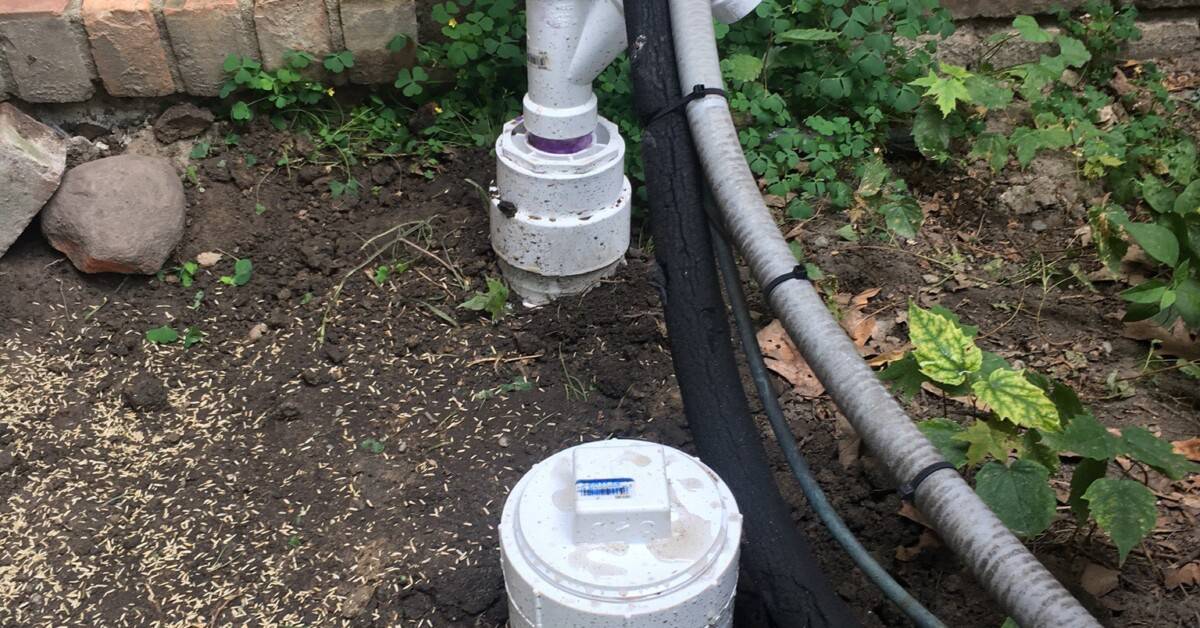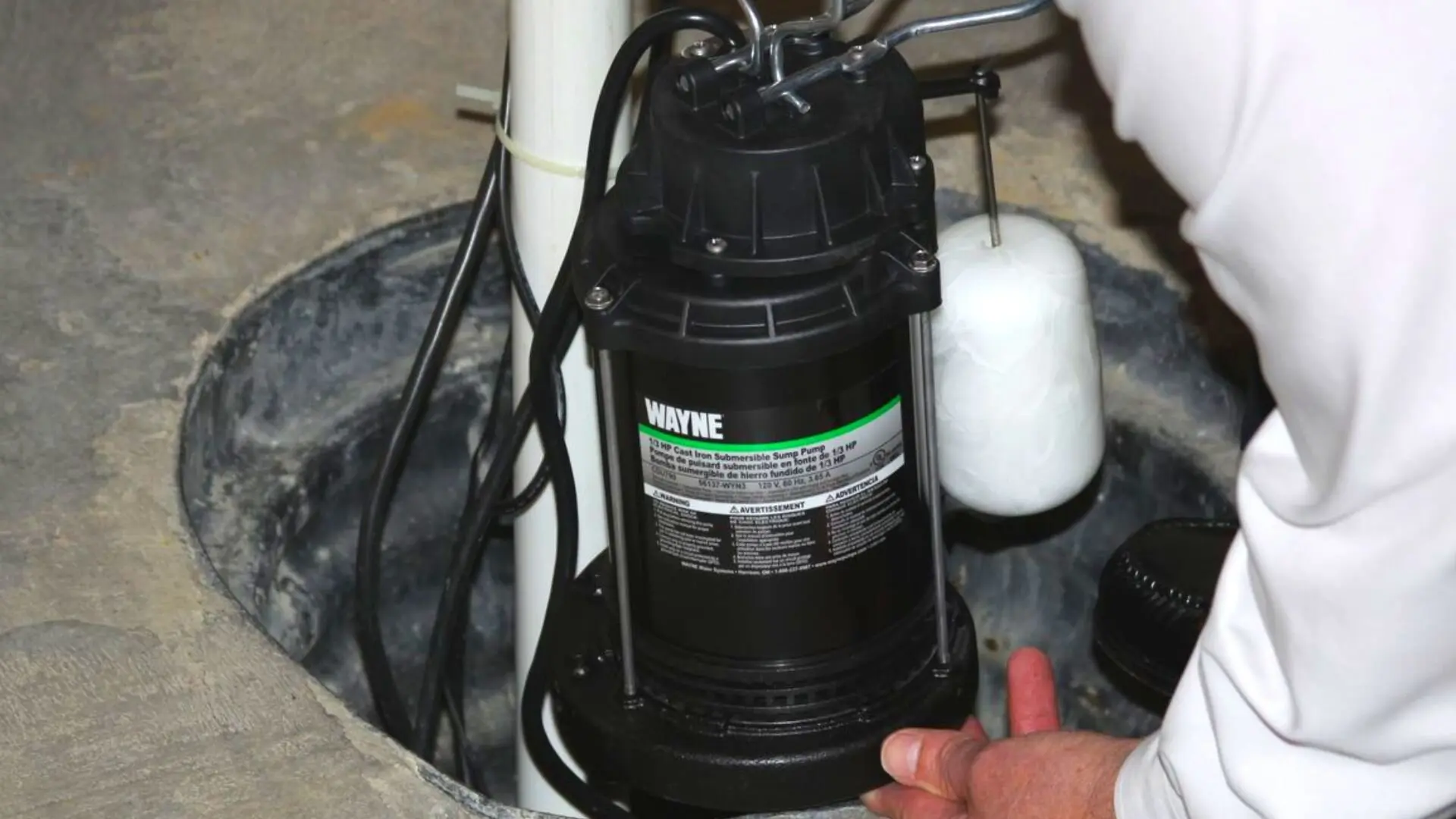Proven Solutions for Servicing a Sump Pump
Proven Solutions for Servicing a Sump Pump
Blog Article
What're your thoughts and feelings on How To Effectively Clean A Sump Pump?

Sump pumps are crucial components in lots of homes, especially in areas vulnerable to flooding or too much dampness. They aid stop water damages by successfully eliminating excess water from cellars or crawl spaces. Nonetheless, like any other home appliance, sump pumps call for routine upkeep to guarantee they work efficiently when required the most. Cleansing your sump pump is an essential part of its maintenance, and understanding how to do it properly can save you from pricey fixings and possible catastrophes.
Introduction
Keeping a clean sump pump is essential for its appropriate performance and durability. Neglecting this important job can result in obstructions, breakdowns, and ultimately, water damage to your residential property. For that reason, learning exactly how to clean up a sump pump is critical for property owners that rely upon these tools to keep their basements completely dry and safeguarded.
Understanding the Sump Pump
Before diving into the cleaning procedure, it's important to have a standard understanding of exactly how a sump pump functions. Normally set up in a pit or container listed below the basement floor, a sump pump contains numerous crucial components, consisting of a pump, a float switch, and a discharge pipeline. When water gathers in the pit, the float switch turns on the pump, which after that pumps the water out via the discharge pipeline, far from the building's structure.
Indications of a Dirty Sump Pump
Knowing when your sump pump requires cleaning is vital for avoiding possible breakdowns. Some common indicators that show a filthy sump pump include unusual sounds during procedure, decreased water flow, and visible particles in the pit. If you see any one of these signs and symptoms, it's essential to cleanse your sump pump immediately to avoid any type of further concerns.
Getting ready for Cleansing
Prior to you start cleansing your sump pump, it's important to take some safety and security precautions. Beginning by shutting down the power to the pump to avoid any type of electric accidents. Additionally, put on suitable protective gear, such as handwear covers and goggles, to secure yourself from dust, particles, and prospective microorganisms.
Detailed Guide to Cleaning a Sump Pump
Shutting down the Power
Begin by separating the power supply to the sump pump to avoid any kind of mishaps while cleansing.
Eliminating Particles and Dirt
Utilize a bucket or an inside story to eliminate any kind of visible debris, dust, or sediment from the sump pit. Dispose of the debris properly to stop it from clogging the pump or the discharge pipeline.
Cleaning the Pump and Float Change
Once the pit is clear of debris, carefully eliminate the pump from the pit. Inspect the pump and the float switch for any type of indications of damages or wear. Make use of a soft brush or towel to clean the surface areas and get rid of any gathered grime.
Purging the System
After cleaning up the pump and float button, flush the sump pit with tidy water to eliminate any type of staying dust or debris. This will certainly help guarantee that the pump operates smoothly and successfully.
Checking for Appropriate Performance
Before reinstalling the pump, carry out a fast examination to ensure that the float button activates the pump properly. Put some water right into the sump pit and observe the pump's procedure. If whatever is operating correctly, you can reconstruct the pump and reconnect the power supply.
Upkeep Tips to Keep Your Sump Pump Clean
Along with routine cleaning, there are a number of maintenance suggestions you can follow to maintain your sump pump in optimum condition:
Verdict
Cleansing your sump pump is a crucial element of its upkeep and ensures that it runs properly when you require it one of the most. By complying with the actions outlined in this guide and integrating normal upkeep right into your regimen, you can prolong the life expectancy of your sump pump and shield your home from water damages.
6 STEPS ON HOW TO CLEAN A SUMP PUMP PROPERLY
UNDERSTANDING SUMP PUMPS
Your sump pump plays a crucial role in protecting your home by managing and removing excess water. It primarily functions as a “shield”, guarding your basement against the damaging effects of water accumulation. The pump is housed in a sump pit in the lowest part of your basement, and its job is to pump out any water that collects there.
During heavy rainfalls or when snow melts rapidly, water can infiltrate your basement, posing potential risks like flooding, structural damage, and harmful mold growth. Here, the sump pump springs into action, pumping out the intruding water and directing it away from your home.
SAFETY FIRST
Before cleaning, remember to prioritize safety. Disconnect the sump pump from the power source to prevent any accidental electric shocks. Also, wear sturdy gloves to protect your hands from any sharp or dirty components within the pump.
REMOVE THE SUMP PUMP
After ensuring your safety, the next step is to remove the sump pump from its pit. Doing this might require careful maneuvering as you don’t want to damage any pump components. Once removed, clean the sump pit to remove any accumulated debris or sludge.
INSPECT THE PUMP
Inspect the pump for any visible signs of wear or damage. Check the power cord, float switch, and impeller housing. If any components look worn out or damaged, consider replacing them to ensure optimal performance.
CLEAN THE PUMP
Thoroughly clean the pump with warm, soapy water. Make sure to rid it of any dirt, gravel, or other debris that might impede its performance. You can use a toothbrush to clean the small, hard-to-reach parts of the pump.
REINSTALL THE SUMP PUMP
Reinstall the pump into the sump pit Make sure it’s positioned correctly to remove the water effectively Once it’s back in place, reconnect it to the power source TEST THE PUMP
Finally, pour some water into the pit to ensure the pump works correctly. It should start automatically and begin pumping out the water; if it doesn’t, check the power source and the positioning of the pump.
Remember, while cleaning your sump pump is an essential part of home maintenance, hiring a professional plumber for a thorough inspection and cleaning at least once a year is also important. This will ensure that your pump is in optimal condition, ready to protect your home from potential water damage.
BEST PRACTICES FOR CLEANING SUMP PUMP DISCHARGE PIPES
Regular Inspection: Regularly inspect your discharge pipes, especially during heavy rainfall or snowmelt periods. Look for any signs of blockage or damage. Early detection of problems can prevent serious issues down the line. Periodic Cleaning: Over time, sediment and debris can accumulate in the discharge pipes, impeding the flow of water. Regular cleaning helps keep the pipes clear and functioning efficiently. You can use a high-pressure water jet to effectively clean the pipes. Insulation During Winter: In colder climates, discharge pipes can freeze, blocking the outflow of water. Protect your discharge pipes from freezing temperatures by insulating them with foam pipe insulation. This will ensure the sump pump can continue to discharge water even in freezing conditions. Proper Positioning: The discharge pipe should be positioned to direct water away from your home’s foundation. Improper positioning can lead to water seeping back into the basement. Ensure the pipe is long enough and angled correctly. Installation of a Check Valve: A check valve prevents water from flowing back into your sump pit after the pump has pushed it out. Installing a check valve helps maintain the efficiency of your sump pump and reduces the risk of flooding. Minimize Pipe Turns: Every curve or turn in the discharge pipe can decrease the efficiency of water flow. By minimizing turns and bends in your discharge pipe, you can increase the efficiency of your sump pump. https://www.fullspeedplumbing.com/how-to-clean-a-sump-pump-properly9999/

I stumbled upon that blog posting about while doing a search on the internet. Remember to take a moment to distribute this post if you liked it. I treasure reading our article about Keep Your Sump Pump Clean, It'll Keep You Dry.
Request An Appointment Report this page